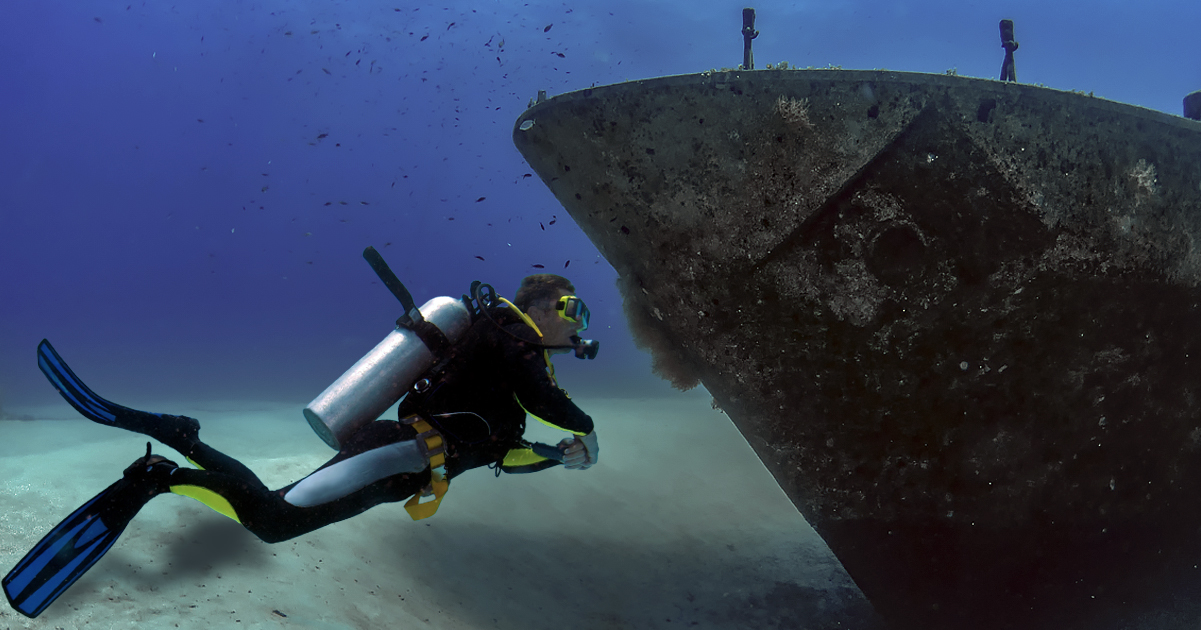The famously doomed wreck of the HMS Erebus has produced some rare personal artifacts centuries later. In 1845, Sir John Franklin set out on a mission from Greenhithe, England to find the Northwest Passage with two ships, the HMS Terror and the HMS Erebus. A year later the two ships became stuck in ice off King William Island in upper Canada and were deserted two years later.
Franklin and over one hundred and twenty men were never heard from again, raising one of maritime history’s greatest mysteries. In 2014, the HMS Erebus was discovered in the waters of Wilmot and Crampton Bay, and in 2016, the HMS Terror was found sitting about 70 feet under the sea about sixty-two miles north of the Erebus by a Parks Canada research vessel. The Erebus, about thirty miles down, can be seen from above.
According to CBC, after years of preparation and assessing safety, the research team was able to begin exploring the Terror with 48 dives and using an underwater remotely operated vehicle going in and out of different rooms. The ROV showed an extremely well preserved ship, due to the frigidity of the water, with dishes and glasses still stacked on the shelves waiting to be used and furniture still in the place where it stood in 1846. Parks Canada project director Ryan Harris remarked that the ship appeared deserted and “settled to the sea floor without violent action.” Harris and his colleagues plan a return to attempt to collect artifacts and, hopefully, the journals of the Captain, Francis R. M. Crozier.
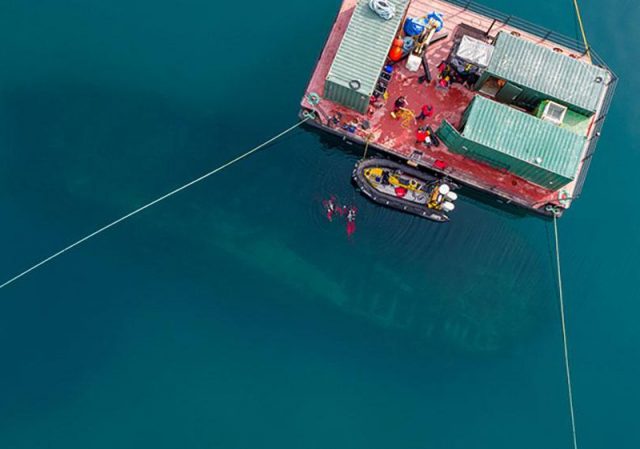
The Erebus offered up a multitude of artifacts and treasures from just part of the ship. According to Smithsonian Magazine, Parks Canada’s underwater archaeology team found over three hundred and fifty artifacts including wine bottles, personal items, and cooking and dining supplies. A recovered hairbrush with strands of hair still attached may offer clues to the sailors’ diet and stress levels. Even an accordion and epaulettes from a lieutenant’s uniform were discovered.
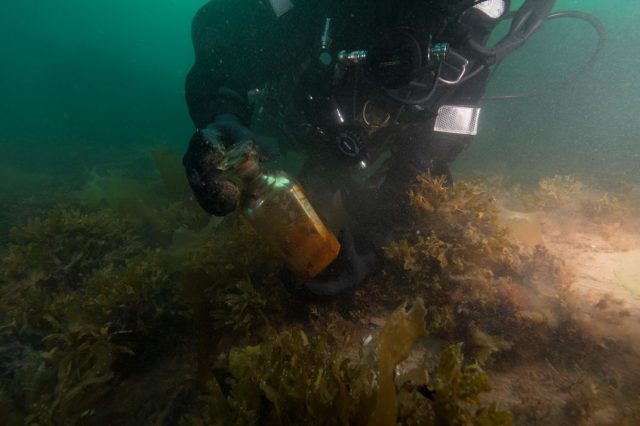
The summer of 2019 allowed for nearly perfect diving conditions in the few weeks available in the arctic’s inhospitable environment. In order to maximize exploration time, the team set up a system of “surface supply” where oxygen is supplied through hoses from the surface rather than scuba tanks on the diver. Using this method, the divers managed 93 dives for a total of about 110 hours in August and September last year. They were also outfitted with hoses to warm up their dive suits permitting hours more underwater dive time than could be achieved with traditional equipment. These methods allowed for the retrieval of many of the artifacts from the Erebus.
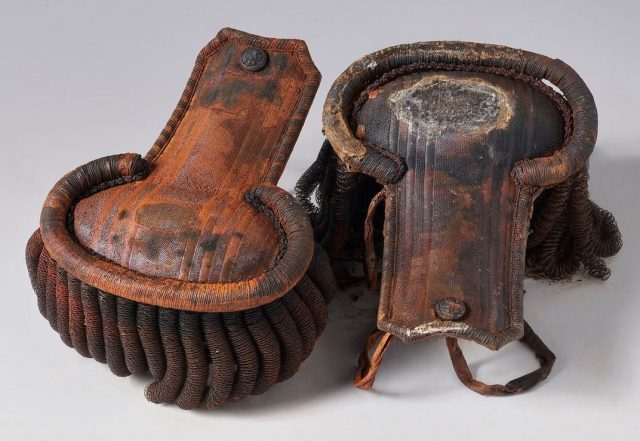
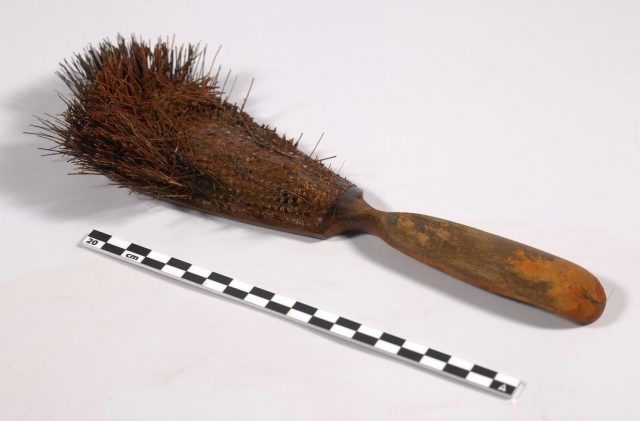
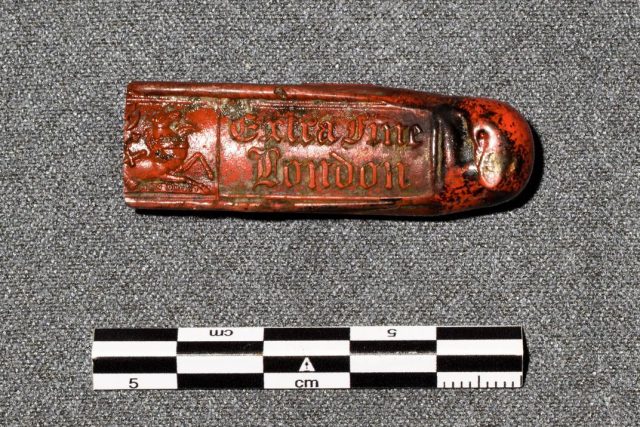
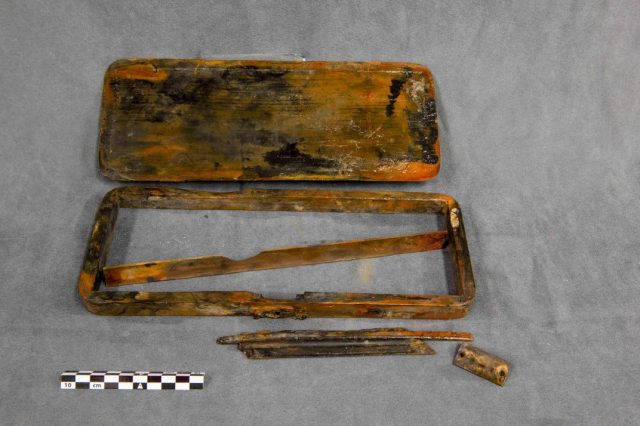
But what of the people in the Franklin Expedition? LiveScience tells us no remains have been found on either ship, but archaeological sites which popped up around the area of Erebus Bay since the end of the 1800s have yielded thirty-seven DNA bearing samples which were tested by Douglas Stenton of Nunavut’s Department of Culture and Heritage.
Some of them were from gravesites on Beechey Island, but others were scattered about indicating scavengers, both animal and human, according to marks on the bones. Some of them were Inuit, the natives of the area, but most were of European descent. According to CBC, a note left by the sailors in a cairn when they abandoned the ship indicated that Captain Franklin had already succumbed. The Inuit’s oral history tells of forty white men who were heading south on King William Island around 1848. Later thirty bodies were found and a few more along the route the sailors were presumably taking toward the closest Hudson’s Bay Company post.
As early as 1869, the Inuit told the many search parties looking for the wrecks where to find them as they had gone on board after the survivors left to see if anything could be salvaged. At first no one was able to find the sunken ships. Serious interest in the shipwrecks waned for a while until 2014 when the late Louie Kamookak, an Intuit historian and teacher, helped Parks Canada find the shipwrecks. His goal was to find the final resting place of John Franklin which he believed to be on the island, but he was unable to find it or prove that hypothesis.
Related Article: “Frozen in Time” Arctic Shipwreck of HMS Terror – See how it Looks Today
The ill-fated Franklin expedition has been a source of endless speculation. With the new research ongoing with these Erebus artifacts, perhaps, in time, we will have more answers to the mysteries surrounding the Erebus, the Terror, and the men who sailed – never to return – looking for a Northwest Passage.
